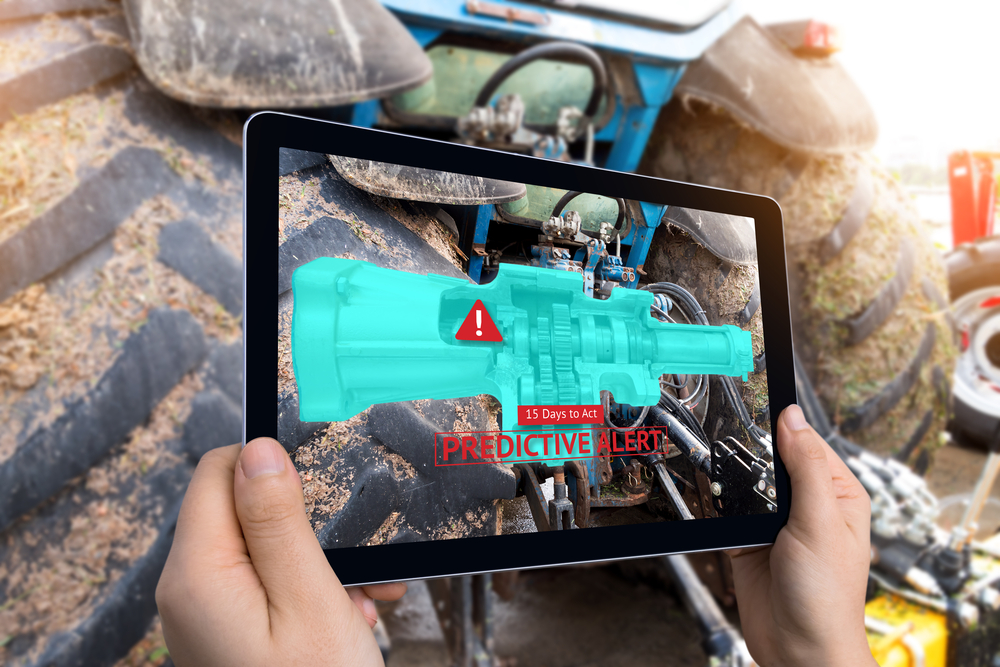
The next Industrial Age is now. Predictive maintenance is a key marker of this more efficient, cost-effective, and responsive era in manufacturing.
Martin Keenan, of Avnet Abacus, wrote recently that predictive maintenance is the killer app of IIoT. Martin has elsewhere suggested that while the technology is available for predictive maintenance to take a leading role, there are barriers to its ascension – like security concerns, major shifts in maintenance methods, and additional personnel.
However, there is no longer room for challenges to delay adaptation of predictive maintenance throughout our industrial automation sectors.
We have to realize that it’s already here! The era of smart factories, AI, predictive maintenance – the next Industrial Age – it’s our reality, today.
How will we see this new Industrial Age take shape?
In some respect, it comes down to basic product management principles. What are our customers’ needs? What resources are available? How can we maximize and build on work that’s already been done? How can we make this product efficient and beneficial for our bottom line? Asking these questions as we enter into a marketplace that already expects a level of service that predictive maintenance delivers will drive our strategy and participation in this new era.
Perhaps a real-life example will illustrate. Only a few years ago, the Building Automation Manager of a major San Francisco area university came to us with the need for all the buildings on their campus, which were managed through their building automation system, to be managed and maintained remotely. He said, “I want my suppliers to jump to my machines, to look at them, to maintain them, to update them. And, I want them to do it remotely. I want to be more efficient, as efficient as possible.”
We gave him what he asked for. With that, predictive maintenance was now possible. He had boilers. Now, boiler manufacturers can manage the boilers remotely, but also actively monitor for variances, detect problems early on, schedule fixes, schedule and perform routine maintenance, and never have to roll a truck. And, better yet, by predicting small anomalies in temperature and pressure, the university can avoid costly damages for failure, the discomfort of students and faculty who wouldn’t be able to use hot water for extended periods, and perhaps even schedule repairs during lowest demand for hot water.
The capability for predictive maintenance exists. But, more importantly, the demand for a new era of efficiency and service also exists. Failure to move into this will be felt in the pocketbook. Resistance to this wave will result in unhappy end-users, which will mean our customers will likely look elsewhere in the marketplace.
If we aren’t adopting this now, someone else in the marketplace is, or soon will be. We will lose sales. And, in the fair market economy, shareholders certainly have no need to be patient if we aren’t maintaining competitiveness and offering products with service at this level. Predictive maintenance is no longer a future idea, it’s the demand of this newly arrived Industrial Age.
What about security concerns?
We can assure our clients that security is a baked-in, inherent deliverable. Our penetration tests and the myriad of security protocols at every level of connectivity all make security a standard rather than a goal.
Yes, we need to be vigilant in regard to security. But that vigilance is infused into our SOPs. With these in place, no one can access any device, even internally, without being known to the system and permitted by our security protections. It’s our job as product managers to assure clients, and proactively offer this assurance, that we have met these security concerns head-on, and in advance, according to industry expectations.
The next five years of this Industrial AgeThe landscape in industrial automation will grow exponentially. The number of devices connected to the internet will continue to explode. Our specialists will sit in home offices, analyze, diagnose, and update machines.
Machine learning and notification will become commonplace. With our machines connected 100 percent of the time, our system will make decisions, send alarms, and notify technicians. Our machines will tell us what is going on. That’s possible now. It will become normalized as we move forward. So, we are no longer anticipating the next Industrial Age. The marketplace demands our participation in it now.




